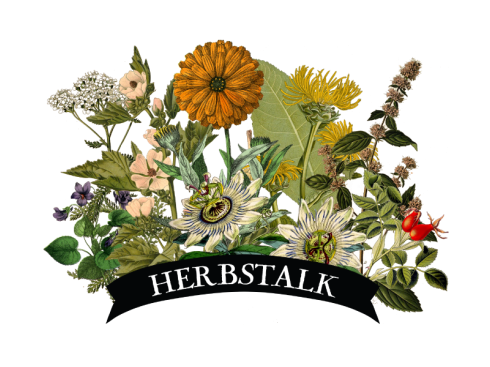|
Submitted by Felix Lufkin. Yucca is a perennial herb of the agave family. It is native to the American Southwest and Central America. It can tolerate low temperatures and prefers well drained, sunny, sandy sites. Because it was a staple edible and of its utility, yucca was a very important plant to the human societies who shared its range. For those of us who live in the northeast, it could play a more important role in our lives, if we only got to know it a little better. Yucca has a number of lily-like bladed, fibrous leaves, and a central flower stalk which can grow to 6′ or more. Its flowers are white, sweet smelling, and fruit to green, 3-sectioned pods full of small disk shaped, crinkly and flat black seeds. The fruits dry to a papery brown husk. All of its body parts are exceptionally useful to humans. Yucca root Its taproot, which looks like burdock, but fatter — is brown and smooth. In its native range it grows to a large size and is a prized starchy root veggie. Here in the north, where it grows more slowly, we probably shouldn’t eat its root unless we have a lot of it. The root is rich like a potato, good boiled, fried, or both. The root’s saponins (broken down by slow cooking) can be made into soap or anti-dandruff shampoo. Its leaves can be made into very strong rope. Some varieties, like ‘Adam’s needle’, have a sharp tip which can be peeled down the leaf, yielding a needle with a string already attached. Cut the leaves close to their base with a knife (just try to rip them!). Pound them between non-abrasive smooth rocks or rolling pins, until the green leafy part breaks away showing the paler fibers inside. Rinse this out periodically until you just have the fibers. Now twist as you would milkweed or anything else. You can also weave the split leaves into mats. Here’s a video on how to make cordage out of agave. fire-starting hand drill kit The stalks are one of the best materials for friction fires. Ever wanted to start a fire by rubbing sticks together? It is totally do-able, empowering, and straightforward! Yucca will be the easiest plant to try with. The stalks are green and flexible. When they dry to a brownish grey, cut or crack them off at the bottom. Cut as long of a straight piece as you can, and cut the lower, thicker end straight across. Cut off any side twigs that are sticking off and try to smoothen it up a bit as you’ll be rubbing this between your hands. This stalk can be used for a hand drill – try to get one as least as long as you arm. Shorter, hotdog sized stalks are good for bow-drill spindles, and once those get short, you can use the plugs for pump drills. Since yucca coals ignite at ~400 degrees lower than other woods they are much more generous for friction fires!Here’s a video about how to do this. The flower is an edible vegetable, though bitter to some. It can be blended into soapy water for cleaning or shampoo. The fruits can be peeled and baked for a vegetable. The seeds, gathered from the fruits, were once soaked, sprouted, and cooked as protein rich gruel by natives. We can do this too. Yucca is a great perennial, multi-function nectary addition to a garden, and is commonly planted in parks, graveyards and lawns. It slowly spreads. Because of its deep root, yucca can be hard to transplant unless you get deep under it with a spade. Keep your eyes peeled for it, and see if you can get to know it better by trying these skills. References: Plants for a Future database Wikipedia.com: Yucca angustifolium  Felix Lufkin teaches nature class and wild edibles at K-12 schools, and is working to plant orchards and gardens in public places in the Pioneer Valley. He also offers an on-site butchering service and instruction in central New England. Comments are closed.
|
Archives
November 2023
Categories
All
|
Join the Newsletter!
Receive news about future Herbstalk events
Thank you!
You have successfully joined our subscriber list.
Copyright © Herbstalk 2024

 RSS Feed
RSS Feed